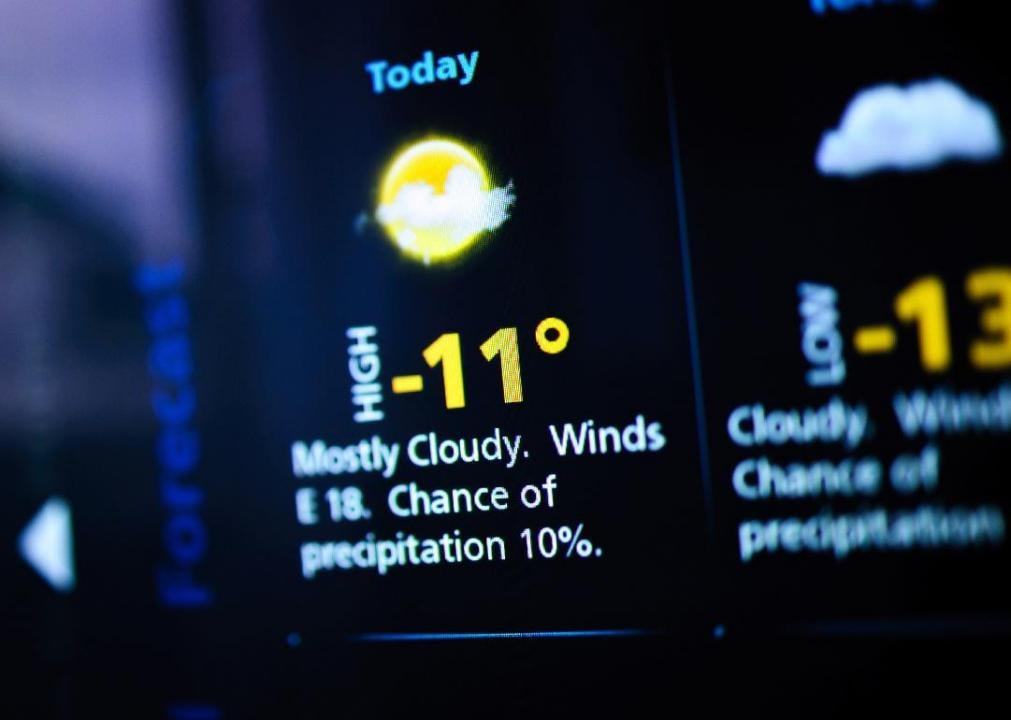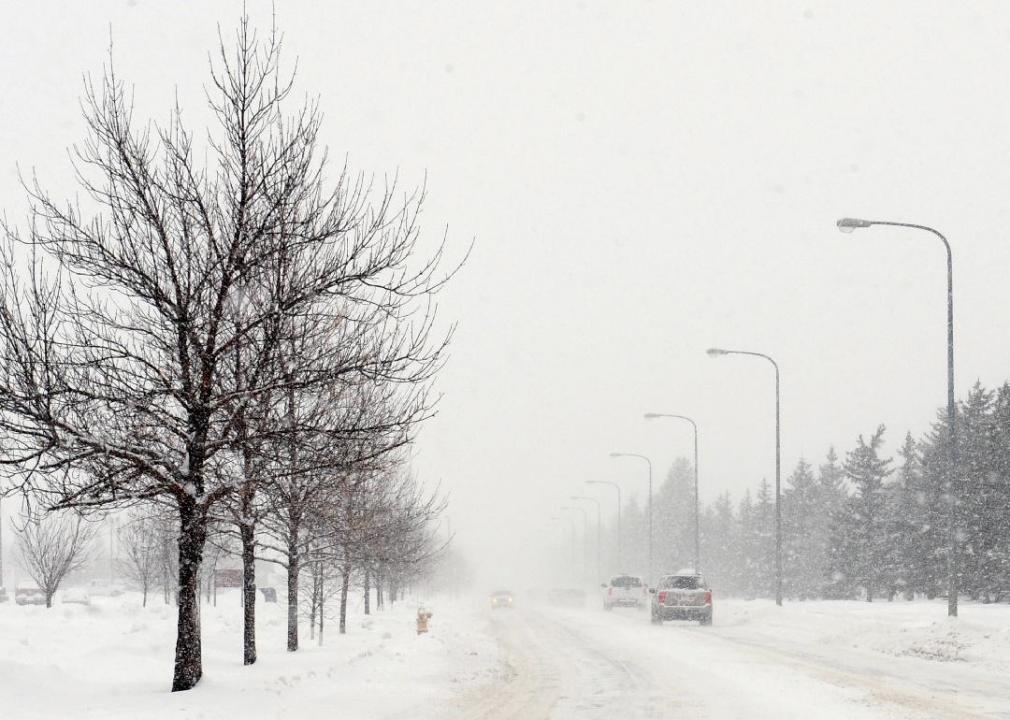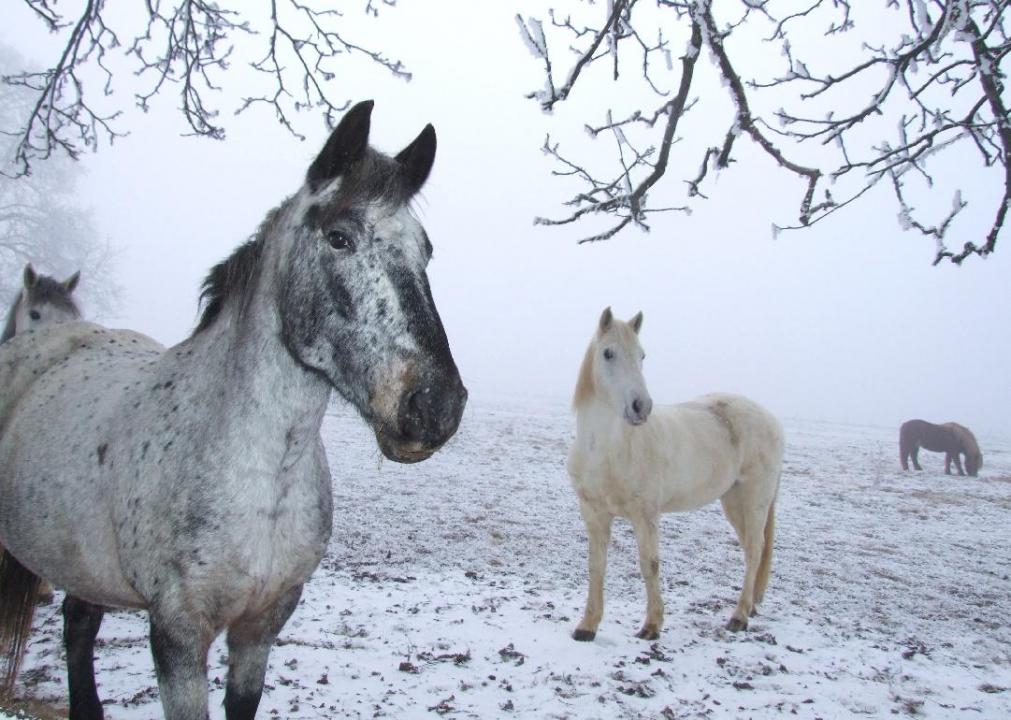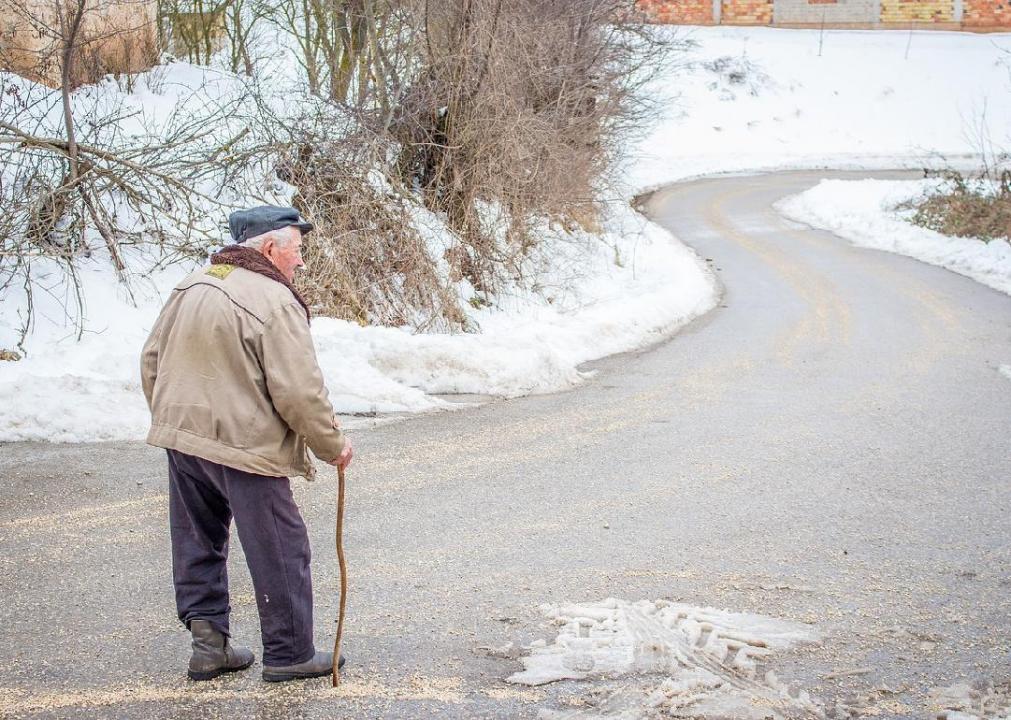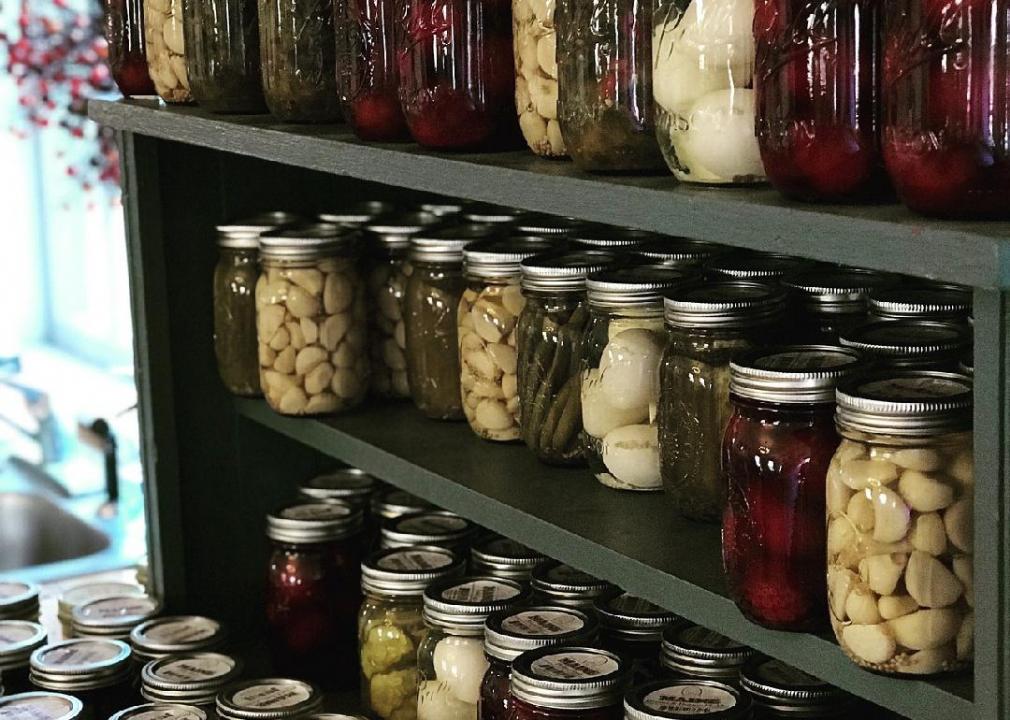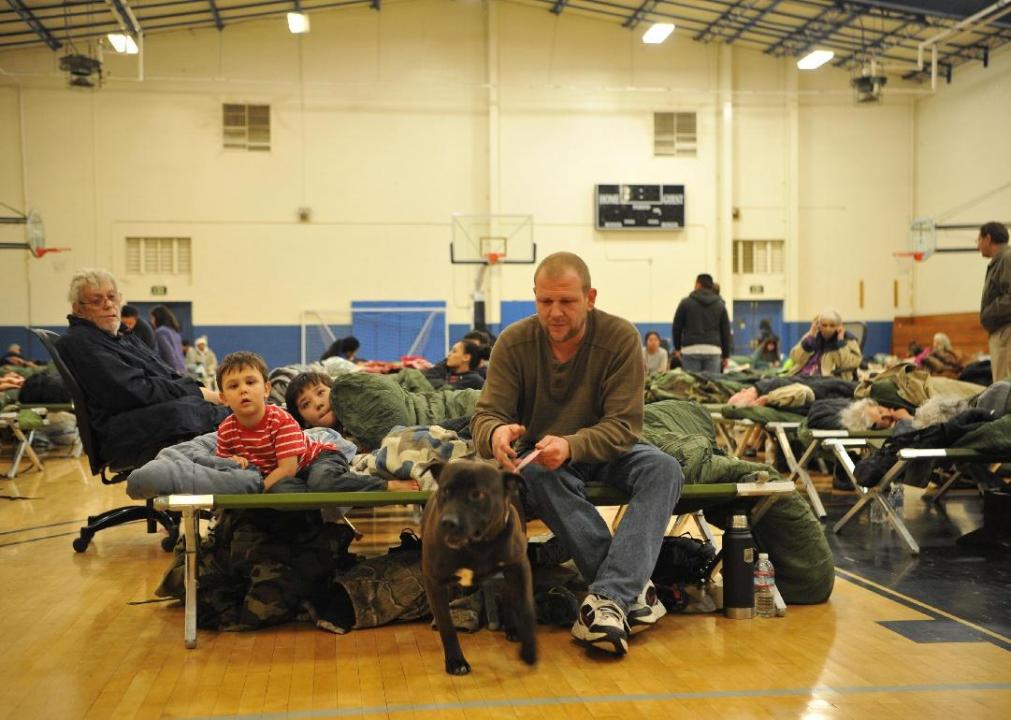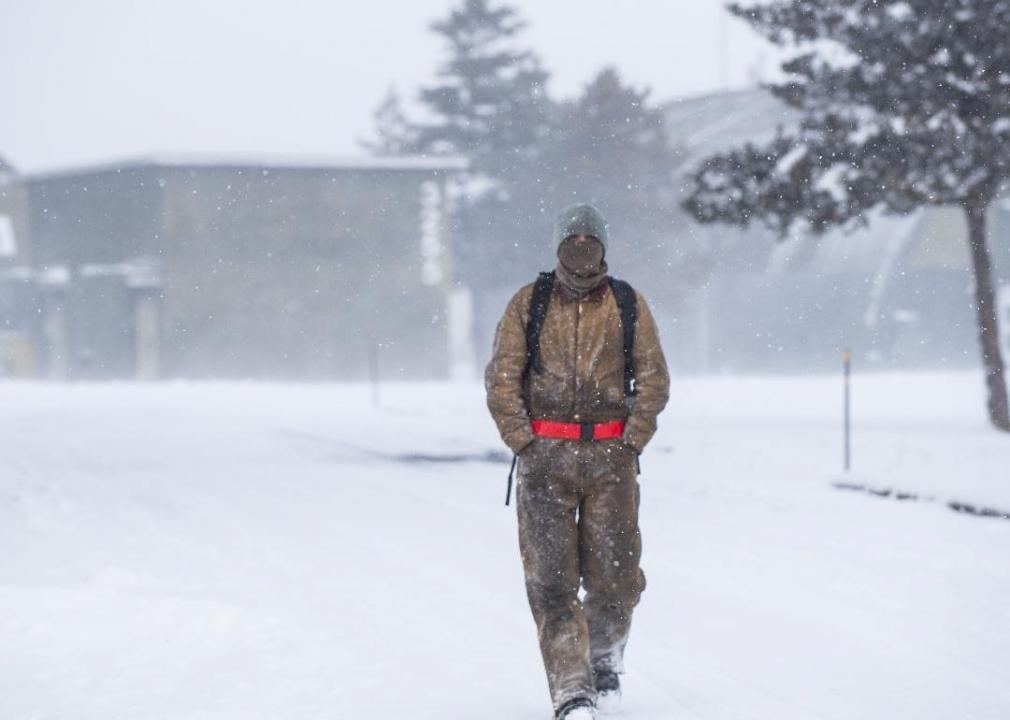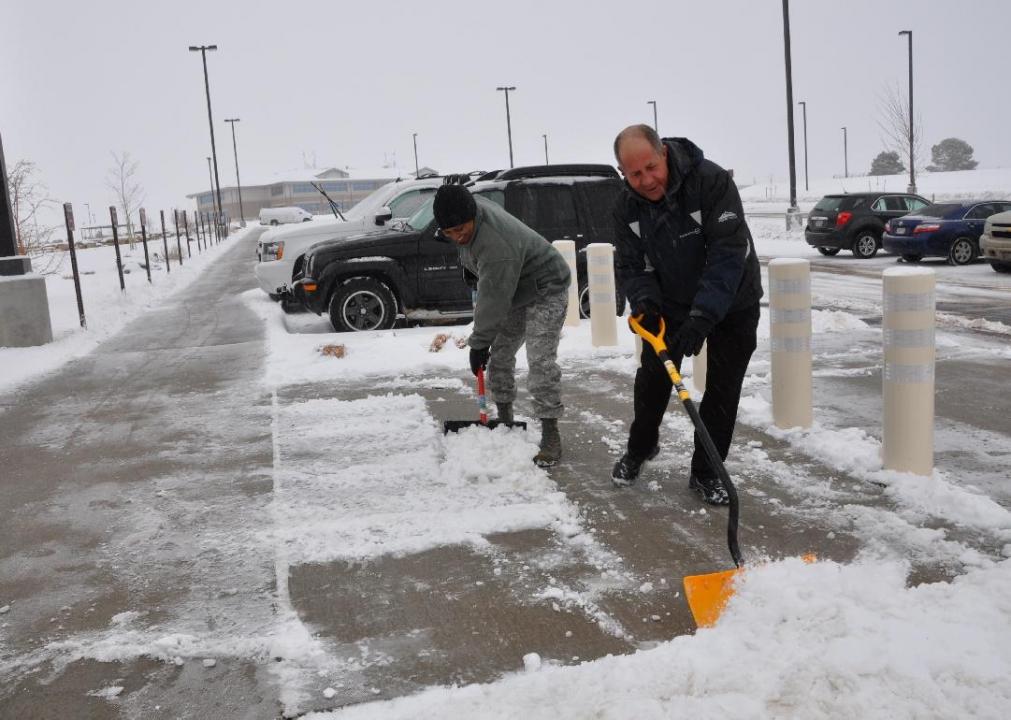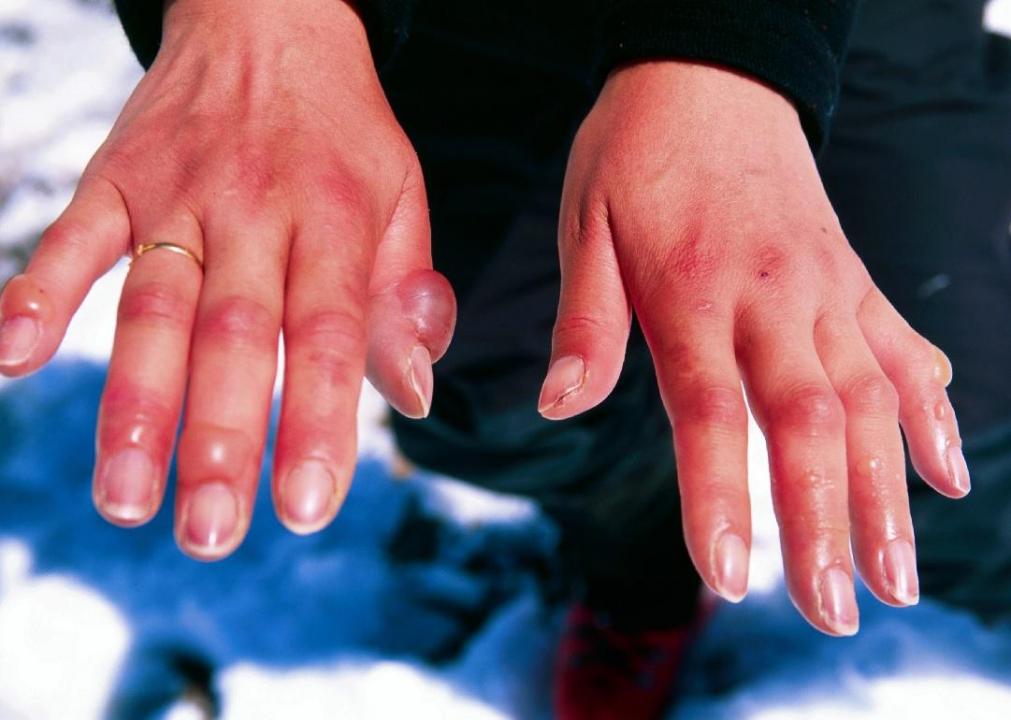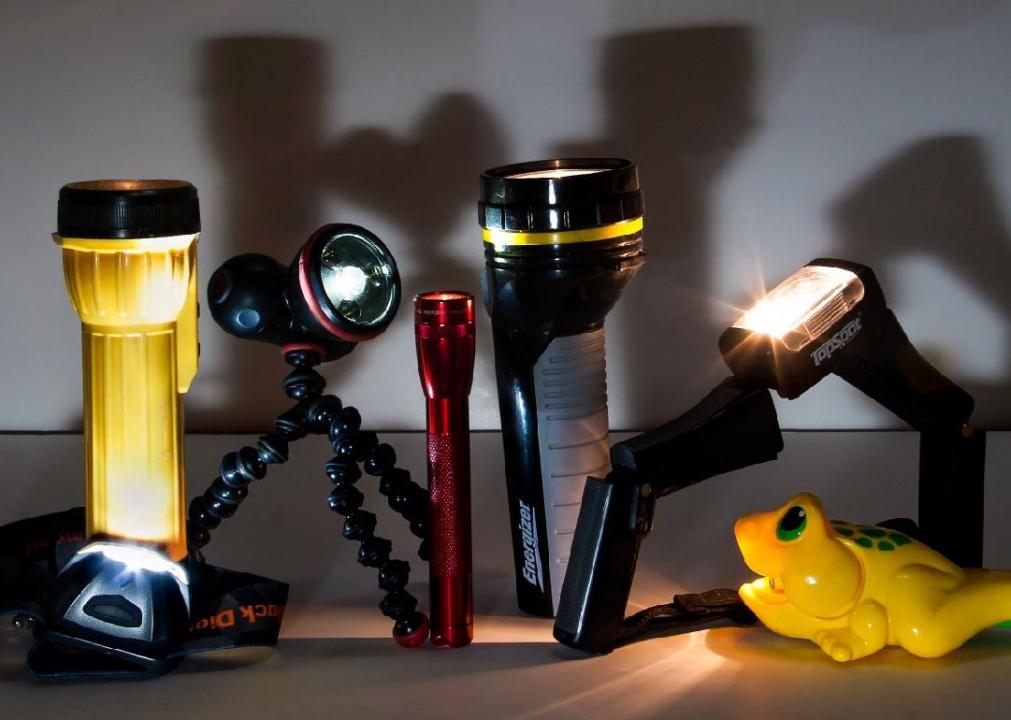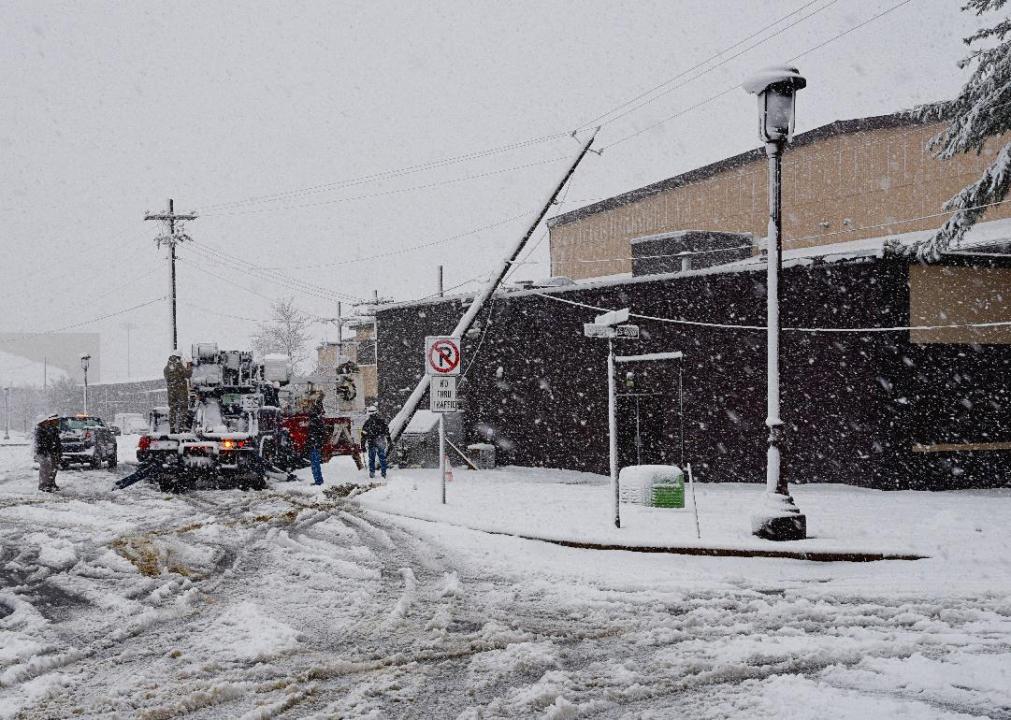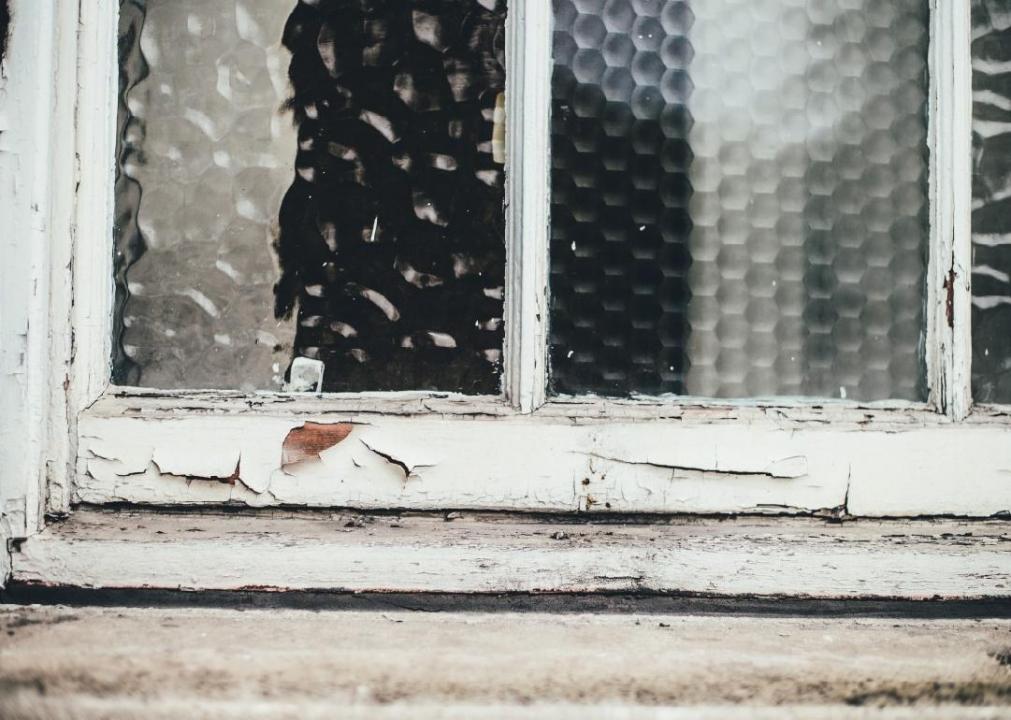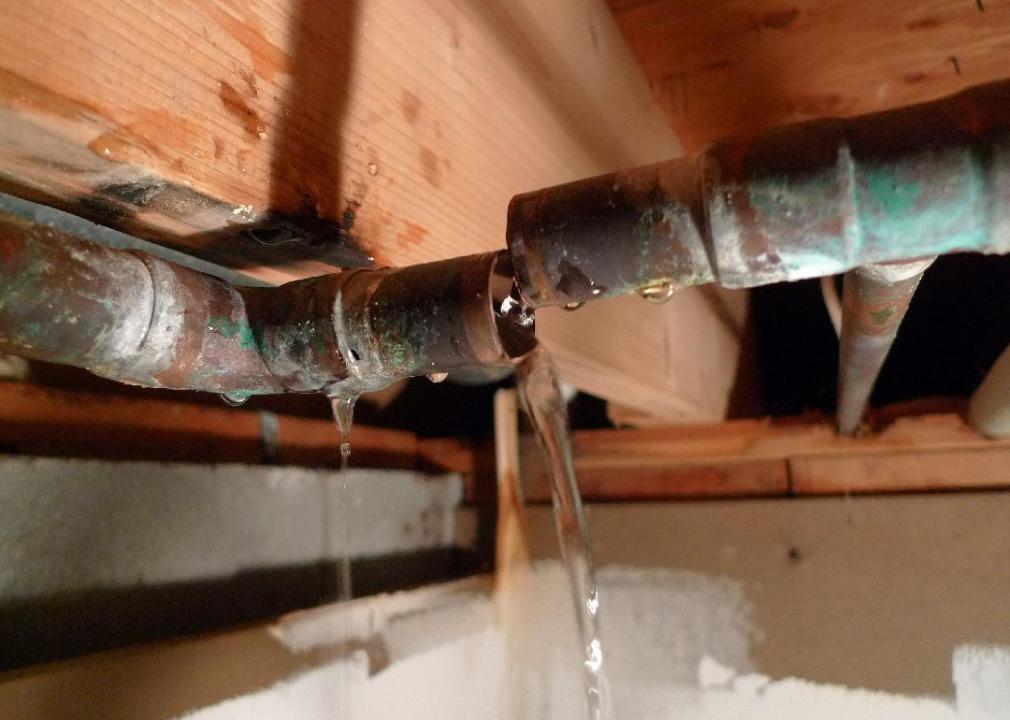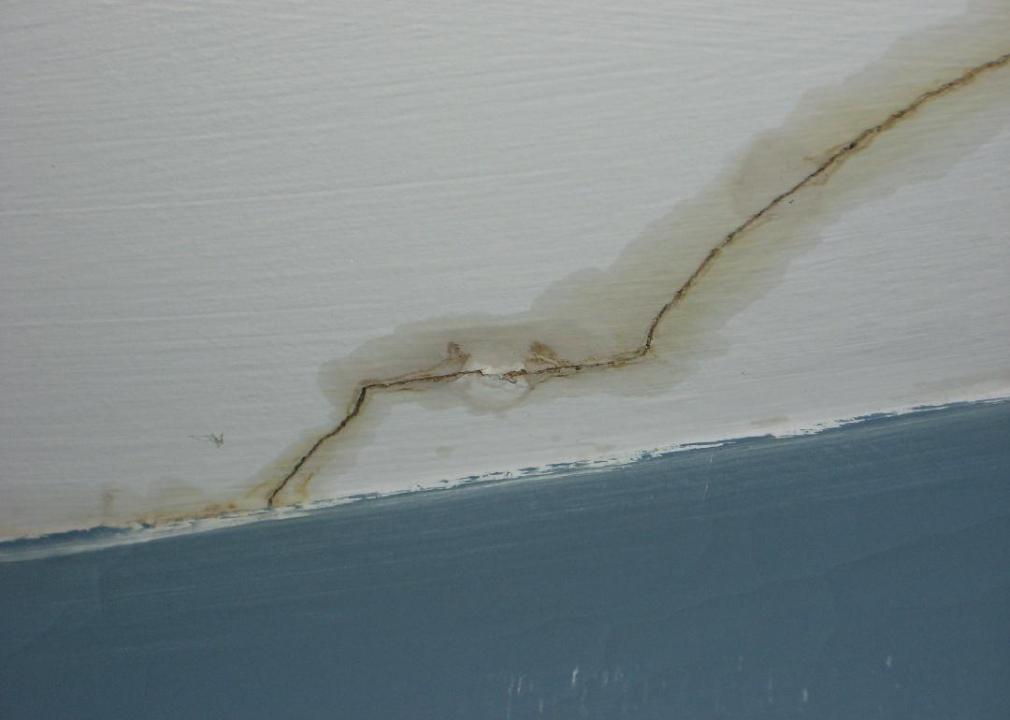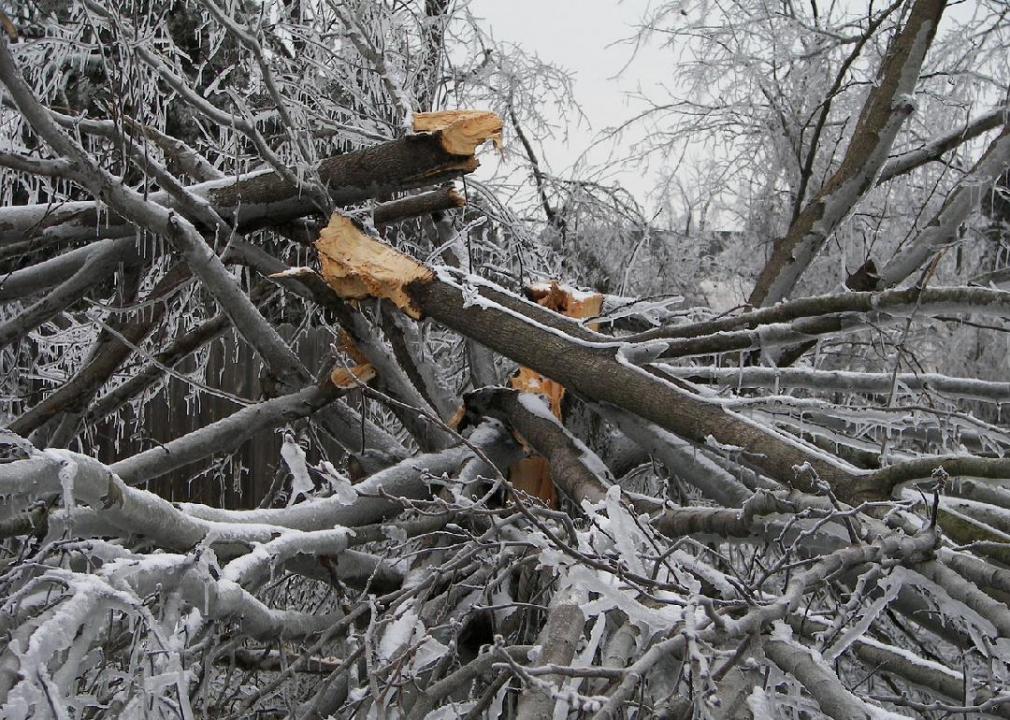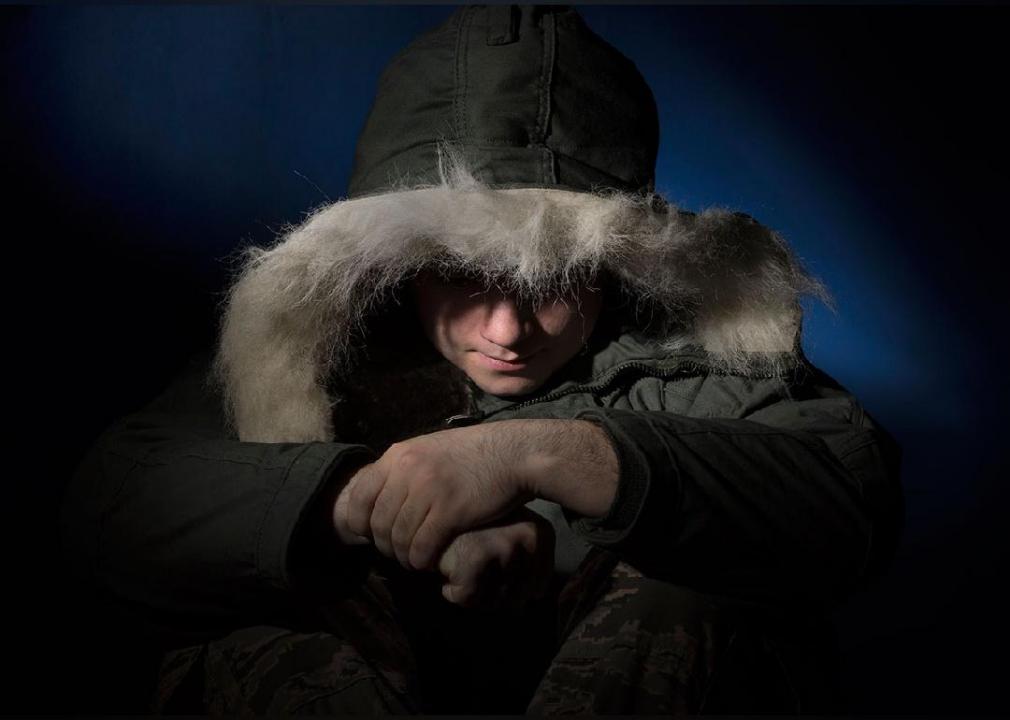For people living in warmer climates, blizzards, ice storms, snowstorms, and other winter-related weather events may not seem as threatening as other natural disasters. You just wait out the snow and you’re fine, right? Not necessarily. Ice, sleet, snow, and extreme cold can be just as deadly as fires or hurricanes—especially if you underestimate them.
Many know how to prepare for a winter storm: If possible, park your car inside if you drive (bonus points if you leave a snow brush/ice scraper in the trunk); own a working shovel and a bag of sand or other eco-friendly rock salt alternative; make sure your heating is working and sufficiently fueled up if applicable; service your generator; buy groceries ahead of time; dig out warm socks, gloves, hats, and blankets; locate flashlights and candles, and charge up all your devices in case of potential power outages.
But what do you do after the storm? Even after the snow stops, you can still feel the nasty—and often dangerous—effects. Frozen pipes, freezing temperatures, power loss, and black ice are just a few of the hazards. The key to staying safe is remaining cautious even after you think you’re in the clear.
Consider that heading out to shovel snow puts you at risk for several reasons. Overexertion can lead to heart issues—heart attacks in winter months are a major cause of death. Leaving skin exposed to the elements can result in frostbite. Remaining in wet clothes leads to a loss of body heat and increases the odds of hypothermia.
Stacker compiled recommendations from the National Weather Service, the Department of Homeland Security, and other experts to put together this list of steps to take after a winter storm hits. Whether you need a refresher, a checklist, or a boost of confidence if you’re already on top of all of these suggestions, we’re here to help you brush up on what to do and how to prepare for the aftermath of a winter storm.
Read on for tips on preventing illness, shoveling snow safely, assessing damage to your property, and more.

